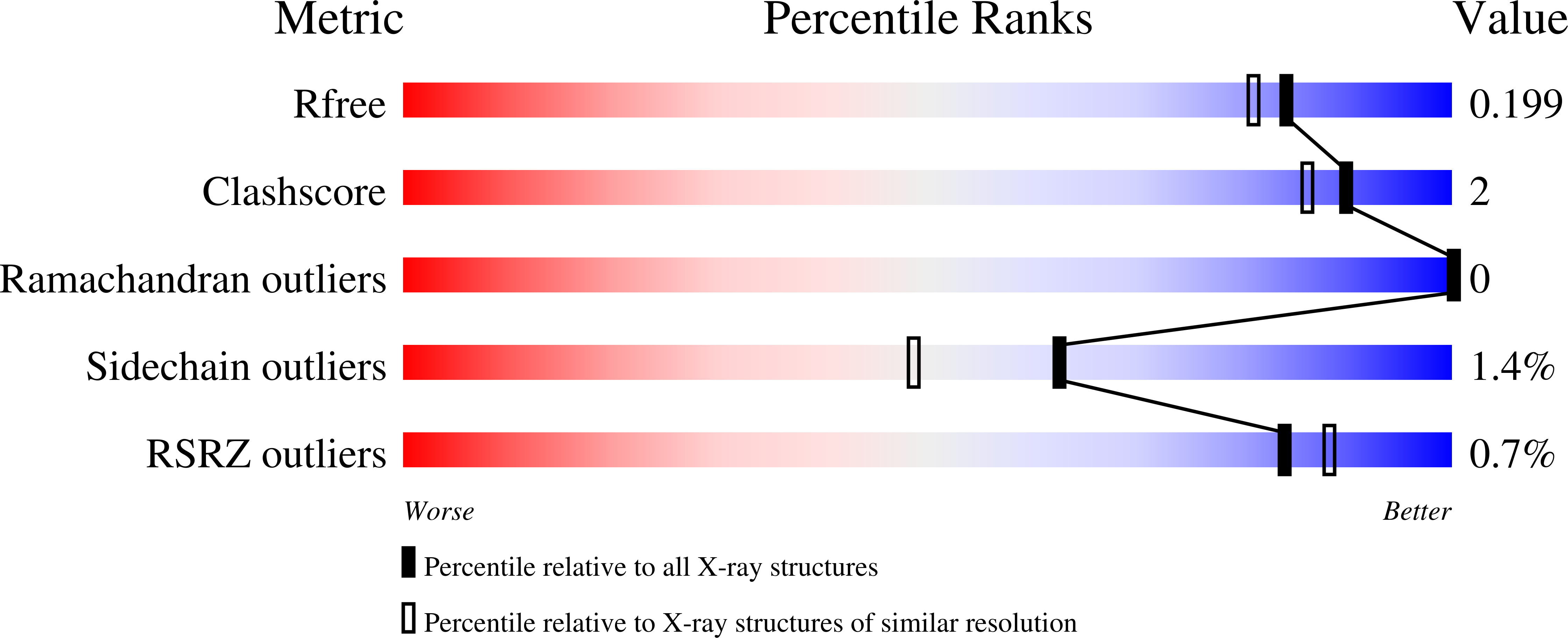
Deposition Date
2025-01-27
Release Date
2025-06-25
Last Version Date
2025-07-23
Entry Detail
PDB ID:
9I4Z
Keywords:
Title:
Crystal structure of Thomasclavelia ramosa IgA peptidase (IgAse) active site mutant (E330-N876)
Biological Source:
Source Organism:
Thomasclavelia ramosa (Taxon ID: 1547)
Host Organism:
Method Details:
Experimental Method:
Resolution:
1.75 Å
R-Value Free:
0.21
R-Value Work:
0.17
R-Value Observed:
0.17
Space Group:
P 1 21 1


